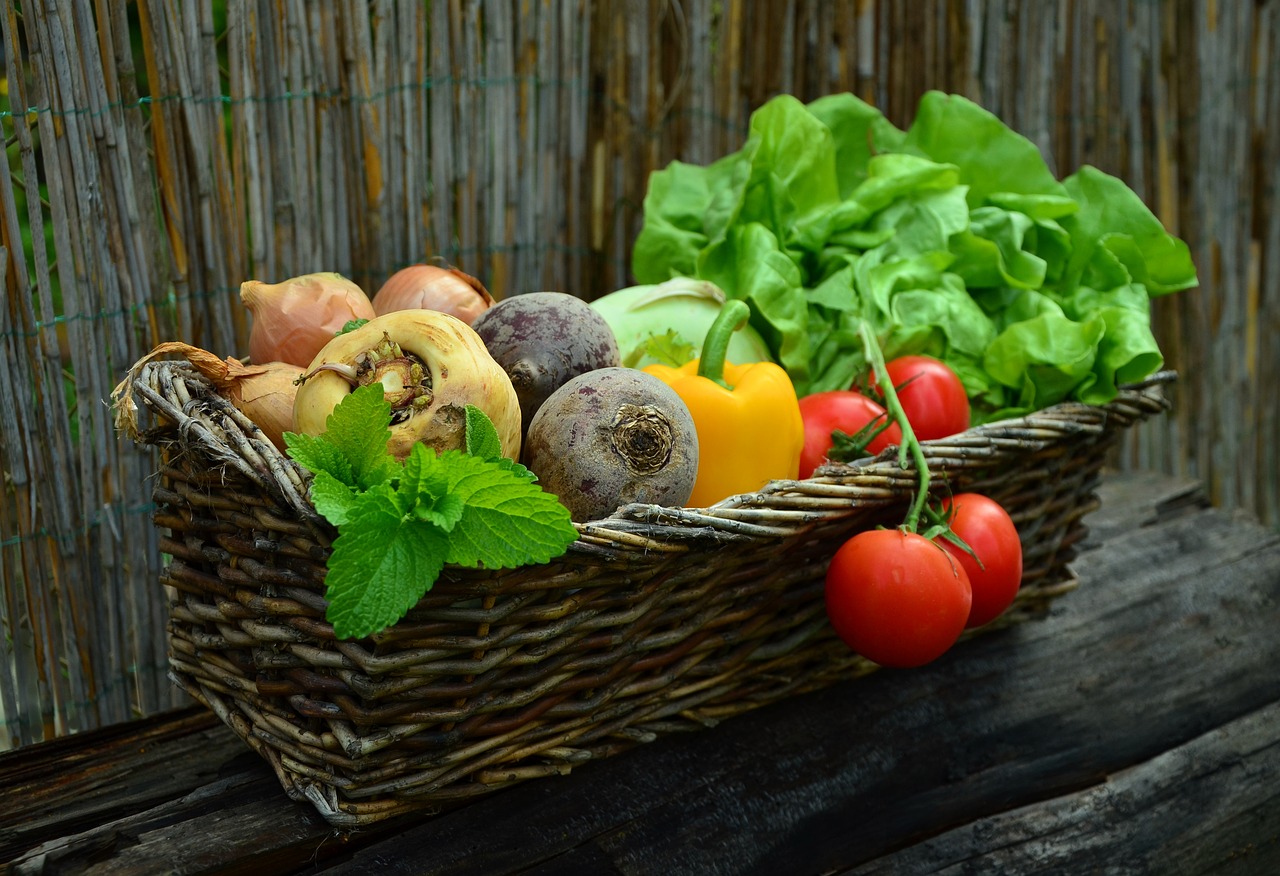Exploring the World through Food: Unforgettable Foodie Travel Experiences
https://icdrc.org/wp-content/uploads/2024/07/WhatsApp-Image-2024-07-13-at-17.35.05_d157df9a-1024x1024.jpg 1024 1024 admin admin https://secure.gravatar.com/avatar/693ccb227eb6527287caaa4e9eb13c6e?s=96&d=mm&r=gIntroduction:
Traveling the world unveils cultural exploration through food, merging new flavors with unfamiliar landscapes and traditions, leaving enduring impressions. Now, let’s embark on a gastronomic adventure around the globe, exploring some of the most unforgettable foodie travel experiences.
1. Tokyo, Japan: Sushi at Tsukiji Market
“Tokyo’s Tsukiji Market, formerly acclaimed as the world’s largest fish market, continues to be a revered destination for sushi enthusiasts.”
“Despite its relocation to Toyosu Market, Tsukiji’s legacy endures, continuing to attract visitors who still flock here for the experience of fresh cuts of maguro and uni. The market offers a vibrant tapestry of sushi stalls and bustling alleys.”
“A visit here transcends mere dining; it’s an immersive journey into Japanese gastronomy.”
To fully immerse yourself in this culinary adventure, begin your day early to witness the renowned tuna auctions, where giant bluefin tunas command astronomical prices. After this captivating spectacle, delve into one of the market’s intimate sushi restaurants to relish the freshest sushi imaginable.
“At Tsukiji Market, adept sushi chefs meticulously craft delicate nigiri using fish sourced directly from market stalls. This transcendent experience embodies the artistry and cultural significance ingrained in Japanese cuisine.”
2. Paris, France: Patisseries in Le Marais
In the heart of Paris lies Le Marais, celebrated for its charming streets, historic architecture, and exquisite pastries. . Each bite embodies French culinary tradition, blending buttery richness with artistic finesse. Don’t miss iconic establishments like Pierre Hermé and Jacques Genin, where innovation meets tradition in French desserts.
3. Bangkok, Thailand: Street Food Extravaganza
Bangkok’s street food scene is a sensory overload of sights, smells, and tastes. From sizzling woks to aromatic spices, the city’s bustling markets and street corners offer a cornucopia of flavors waiting to be explored. Dive into a bowl of piping hot Tom Yum Goong, a fragrant and spicy shrimp soup, or sample crispy Pad Thai cooked to perfection in front of you. For the adventurous foodie, options like grilled insects or exotic fruit smoothies provide a glimpse into Thailand’s diverse culinary landscape. Bangkok’s street food isn’t just about eating—it’s about immersing yourself in the vibrant energy of a city that lives and breathes food.
4. Barcelona, Spain: Tapas Tour in El Born
Barcelona’s El Born district charms with narrow streets, medieval architecture, and a vibrant tapas culture. Enjoy Patatas Bravas, Iberian ham, and local wines at bustling tapas bars, fostering community immersion.
5. Istanbul, Turkey: Spice Bazaar and Turkish Delights
Istanbul’s Spice Bazaar, a labyrinth of colorful stalls brimming with spices, teas, and Turkish sweets, is a feast for the senses. Sample lokum, or Turkish delight, in flavors ranging from rose to pistachio, crafted using traditional recipes passed down through generations. Follow the tantalizing aroma of freshly brewed Turkish coffee to a nearby café, where thick, strong coffee is served alongside a cube of sugar and a glass of water—a ritual steeped in centuries of tradition. The Spice Bazaar isn’t just a market; it’s a cultural experience that offers a glimpse into Turkey’s rich culinary heritage.
6. New Orleans, USA: Creole Cuisine in the French Quarter
New Orleans’ French Quarter epitomizes Creole cuisine—a dynamic blend of French, Spanish, African, and Native American flavors. Begin your culinary journey with a robust bowl of gumbo, a stew brimming with okra, seafood, and spicy Andouille sausage. IIndulging in crispy beignets from Café du Monde, New Orleans’ Creole cuisine celebrates history, flavor, and community through resilience and cultural pride, embodying a rich heritage.
7. Marrakech, Morocco: Moroccan Feast in Djemaa el-Fna
Marrakech’s Djemaa el-Fna square comes alive at dusk with a kaleidoscope of sights, sounds, and flavors. Join locals and travelers at bustling food stalls, where aromatic tagines simmer and vendors grill skewers of spiced meats over open fires.Indulge in fluffy couscous, fragrant with saffron and adorned with tender vegetables and succulent lamb. For dessert, sample sweet pastries dripping with honey and almonds, accompanied by refreshing mint tea served in ornate glasses. The atmosphere in Djemaa el-Fna is intoxicating, merging ancient traditions with a vibrant street food culture that captivates visitors.
8. Melbourne, Australia: Coffee Culture in Laneways
Melbourne’s laneways are a hidden treasure trove of artisanal coffee shops and quirky cafes, each offering a unique glimpse into the city’s vibrant coffee culture. Start your day with a perfectly brewed flat white, Melbourne’s signature coffee drink—a velvety combination of espresso and steamed milk. Explore laneways adorned with vibrant street art, pausing to sample locally roasted single-origin coffees or inventive espresso cocktails. Melbourne’s coffee culture isn’t just about caffeine; it’s a way of life that fosters creativity, community, and a deep appreciation for the art of coffee making.
9. Mumbai, India: Street Food in Chowpatty Beach
Mumbai’s Chowpatty Beach offers vibrant street food against the Arabian Sea backdrop—spicy pav bhaji, crispy bhel puri, and creamy kulfi.
10. Buenos Aires, Argentina: Steak and Malbec in Palermo
Buenos Aires’ Palermo district is a haven for carnivores and oenophiles alike, offering a tantalizing blend of world-class steak and robust Argentine wines. Sink your teeth into a juicy bife de chorizo—a thick, grilled sirloin steak—and savor the smoky flavors imparted by traditional Argentine grilling techniques. Pair your steak with a glass of Malbec, Argentina’s flagship red wine known for its bold flavors and smooth finish. After dinner, explore Palermo’s trendy wine bars and speakeasies, where local sommeliers showcase Argentina’s diverse wine regions through expertly curated tastings. Buenos Aires’ steak and Malbec experience is a celebration of Argentine culture, passion, and culinary excellence.
Conclusion:
Marrakech’s Djemaa el-Fna square comes alive at dusk with a kaleidoscope of sights, sounds, and flavors and have foodie travel experiences. To begin with, join locals and travelers at bustling food stalls. Aromatic tagines simmer, and vendors grill skewers of spiced meats over open fires. Next, indulge in fluffy couscous, fragrant with saffron, and adorned with tender vegetables and succulent lamb. For dessert, sample sweet pastries dripping with honey and almonds. Pair them with refreshing mint tea served in ornate glasses. The atmosphere in Djemaa el-Fna is intoxicating. It merges ancient traditions with a vibrant street food culture that captivates visitors.
Buenos Aires’ Palermo district
Buenos Aires’ Palermo district is a haven for carnivores and oenophiles alike. It offers a tantalizing blend of world-class steak and robust Argentine wines. Sink your teeth into a juicy bife de chorizo—a thick, grilled sirloin steak. Savor the smoky flavors from traditional Argentine grilling techniques. Pair your steak with a glass of Malbec, Argentina’s flagship red wine. Malbec is known for its bold flavors and smooth finish.
After dinner, explore Palermo’s trendy wine bars and speakeasies. Local sommeliers showcase Argentina’s diverse wine regions through curated tastings. Buenos Aires’ steak and Malbec experience celebrates Argentine culture, passion, and culinary excellence. Foodie travel experiences transcend mere culinary indulgence; moreover, they serve as a gateway to comprehending culture, history, and the human experience through the universal language of food. For instance, whether partaking in sushi at Tokyo’s Tsukiji Market or delving into street food in Bangkok, each destination reveals a distinct culinary narrative eagerly awaiting exploration. Consequently, ready your palate and embark on a global gastronomic odyssey where every meal weaves a narrative, and each bite leaves a lasting impression. Bon appétit and may your travels be filled brimming with culinary delight!”
This blog captures the essence of foodie travel experiences across various destinations, blending cultural insights with culinary delights.
learn about Food: https://bootstrapped.ventures/food-vlog/
learn about Food Processing Unveiled





